
If you’ve got a dog—or you are consider getting one, then now is the time to think about creating a dog-friendly yard and garden.
We’ve all heard tales of puppies pulling out flowers and dogs digging holes in the yard. Many of us have lived through these experiences ourselves. However, with some careful consideration, you can make sure both your plants and your pets will happily and safely share your yard. A dog-friendly garden can certainly be beautiful and lush, and these helpful tips will help guide you through the process.
There are a few things to keep in mind when planning a dog-friendly yard that your pets will be able to access.
Before you get started on creating a dog-friendly yard, it’s important to understand your own dog’s unique personality traits and characteristics. Is your dog large or small? Does it like to jump and dig? Is your dog a high energy puppy—or is he (or she) calmly enjoying the golden years? Does your dog chase squirrels, or would she rather laze around in the sun? These considerations are important factors when designing your dog-friendly yard and garden. Remember, the happier and more fulfilled your pet feels, the fewer problems he or she will cause.
Choosing Plants For A Dog- Friendly Yard and Garden
Selecting the right plants is critical for a dog-friendly garden. Not only will it keep your plants safe, but your dog too, so choose carefully.
Poisonous Plants


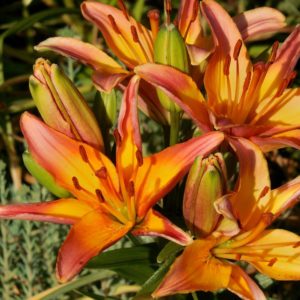
There are a surprising number of plants that are toxic to our furry friends, including some popular favorites. Some of these can cause minor reactions, such as an upset stomach. Others can cause life threatening reactions like convulsions and heart failure. Because of the large number of potentially harmful plants, it’s a good idea to do some research before you buy.
Some popular (and unfortunately poisonous) plants to keep out of your dog-friendly garden include:
- Azalea
- English Ivy
- Peony
- Asiatic Lily
- Yew
- Crocus
- Oleander
- Foxglove
- Morning Glory
- Nightshade
- Hellebore
For a more extensive list of plants to avoid in a dog-friendly yard, check out Poisonous Plants for Dogs and the ASPCA List of Toxic Plants.
Dog-Friendly Plants

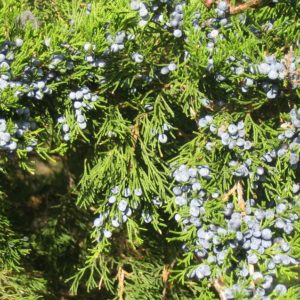
Let’s face it: dogs and especially puppies can be serious garden pests, so choosing plant varieties that can handle some occasional rough treatment is a good idea.
The more mature a plant is, the more durable it tends to be. So when planting in areas in your dog-friendly yard and garden, choose larger, older plants. (We recommend one gallon-size minimum). Also, arrange your plants in dense clusters if possible, as dogs tend to leave densely planted areas alone. Thankfully, there are dozens of plants that work well and look beautiful in a dog-friendly garden.
Here are some of our favorite dog-friendly garden plants due to their toughness, allure, and care requirements.
- Rosemary
- Rose
- Daylily
- Marigold
- Magnolia
- Ornamental grass
- Juniper
- Lilac
Keys To Success In A Dog-Friendly Yard and Garden
In addition to choosing the right types of plants for your dog-friendly yard and garden, here are some tips and tricks that will encourage the best results for both your furry friends and your plants:
Plant young, small, or tender plants in raised beds or large containers
Having pets doesn’t mean you can’t enjoy your favorite (but delicate) plants. Just plant them in containers out of reach. It’s okay to be creative, and many popular varieties of flowers, bushes and even trees grow well and look great when potted.
(Need ideas to get started? Here’s a quick guide to growing container gardens)
Fences can be used to block off areas of the garden that are off limits to your pet
One of the keys to a dog-friendly yard is fences that are high and sturdy. Many dogs are notorious escape artists, and they may dig as well as jump. Consider burying some chicken wire or other similar obstacle along the fence if your dog likes to dig.
Creative landscaping can make all the difference
Known as “hardscaping” or “zero-scaping,” the use of rocks and other natural elements in your dog-friendly yard can help encourage good behavior in your pet while making your yard look great. Some ideas include river-rock, gravel, or flagstone areas, décor such as logs or boulders, and defined “safe” paths for your pet to travel on through the yard without trampling your precious plants.
Mulching
There are many uses for mulch in the garden (like covering muddy areas), but some types can be painful or damaging for your dog’s paws. We recommend using cedar chips, sometimes called playground mulch, as its is easy on your pet’s sensitive paws, and large enough that it wont stick to their fur. Avoid using dyed mulch in pet-friendly areas; they are known to dye pet fur.
Pet “safe” zones
Give your pet a designated area where they can enjoy the garden without risking them being a nuisance. This might be a shady place to lay down (dogs often dig to expose the cooler dirt underground to lay on when it’s hot out), a “doggie” kids’ pool to splash in, or an open area to safely run and play fetch, away from the delicate areas of your yard.
Don’t forget comfort and safety
Remember, your pets always needs access to fresh water, shade, and shelter from the elements outside, no matter what time of year.
Dog-friendly yards and gardens take a little extra prep and research, but with the right strategy, you will have a pet-perfect yard that you, your plants and your furry friend can enjoy.
Natural Products for dogs
In the comfort of your home, it’s also important to keep your dog safe and healthy. Read Natural Ways to Keep Your Dog Healthy for more tips.


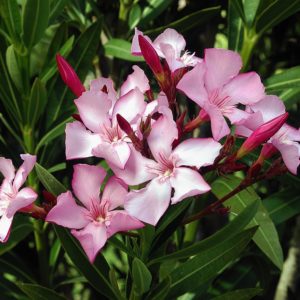
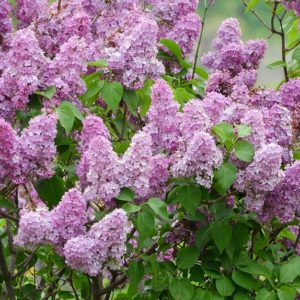
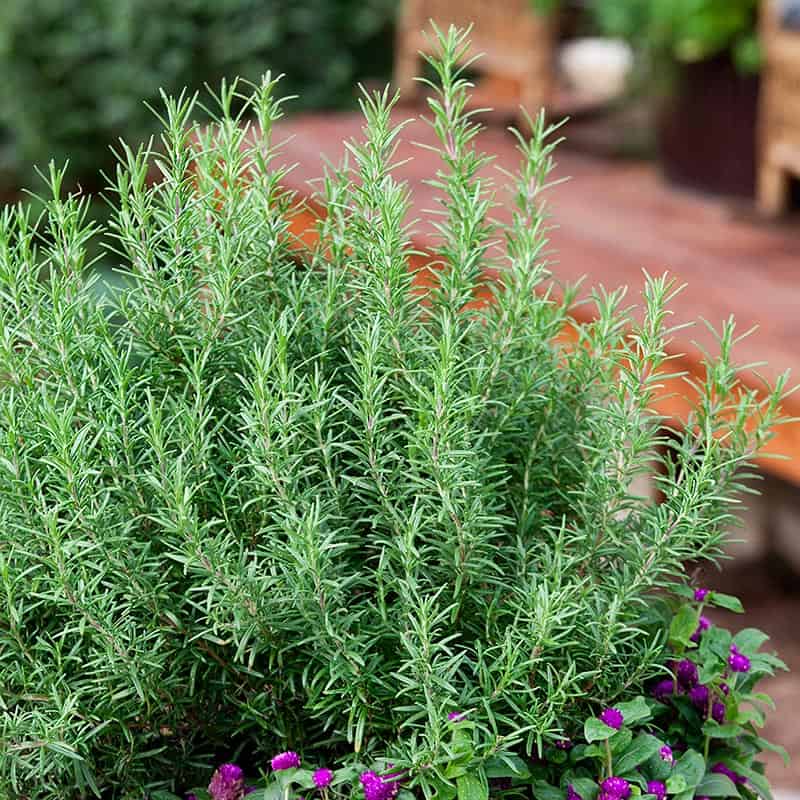


Leave a Reply